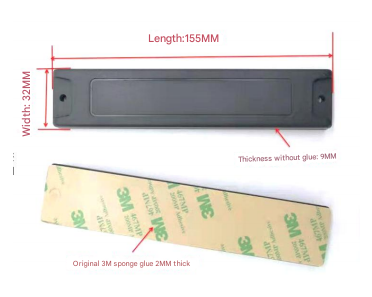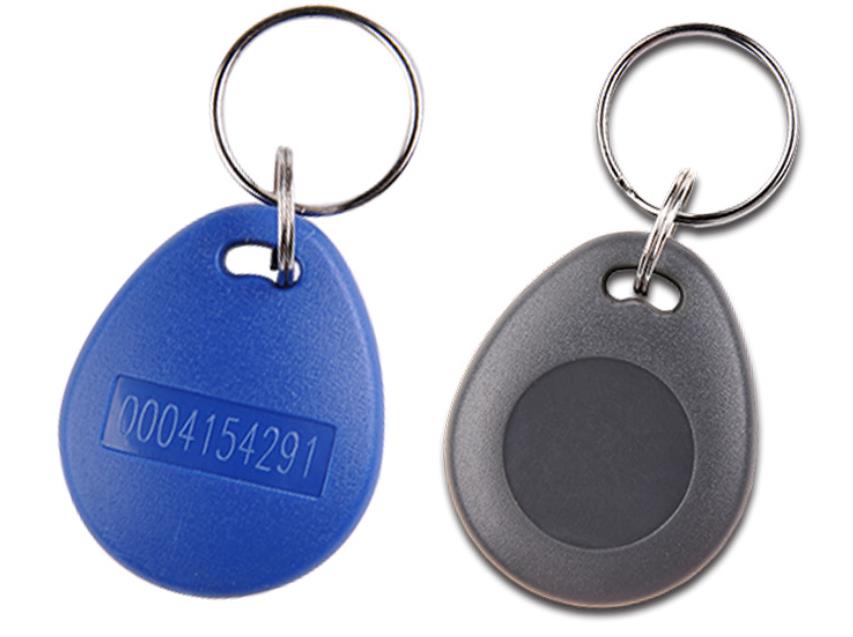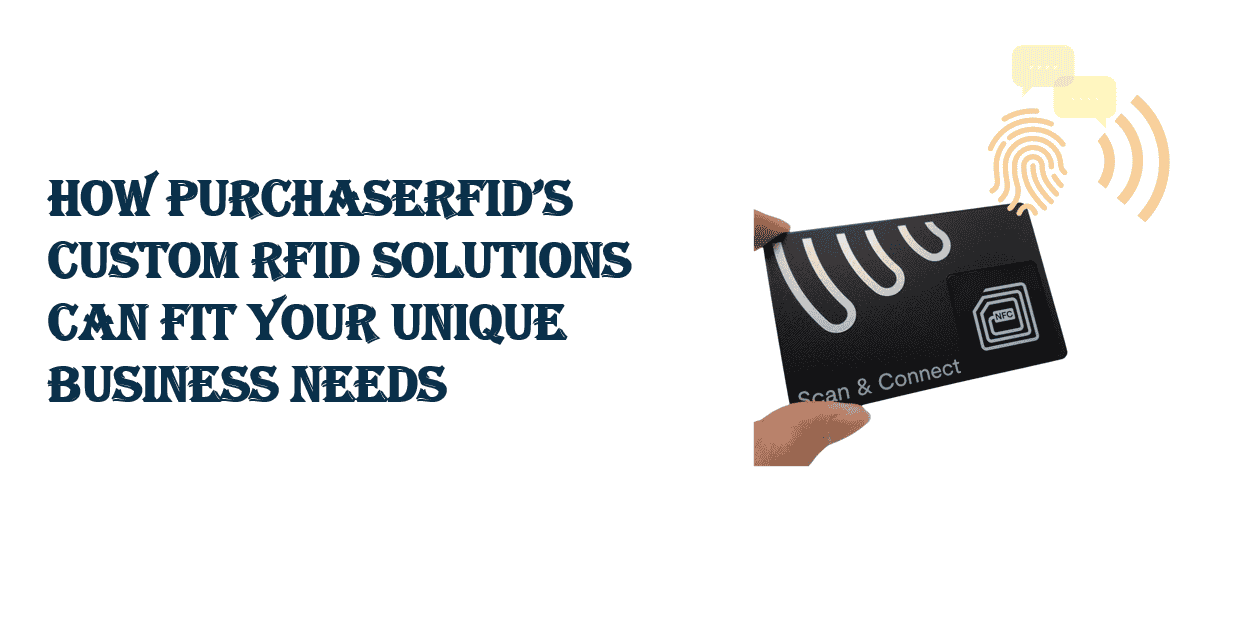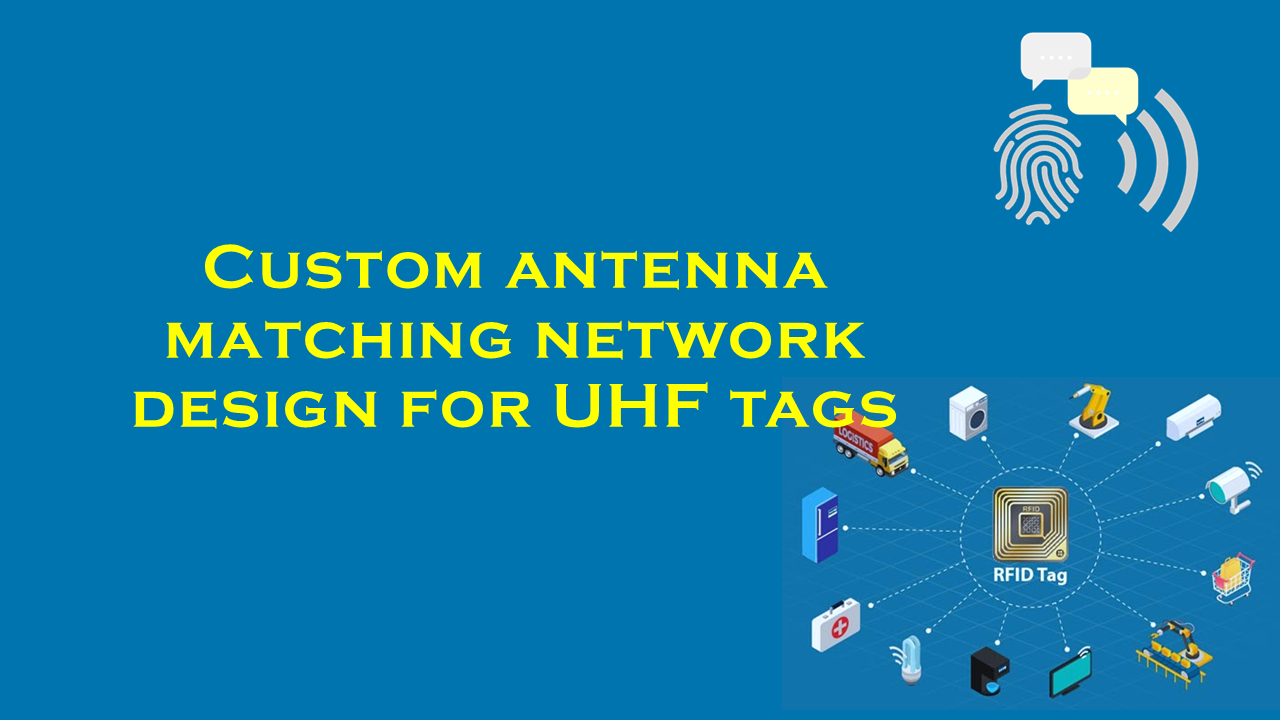Capacity planning for RFID systems in large warehouses

Capacity Planning for RFID Systems in Large Warehouses: Ensuring Efficiency and Scalability
Introduction
In the rapidly evolving logistics and supply chain industry, Radio-Frequency Identification (RFID) technology has emerged as a cornerstone for enhancing operational efficiency. Large warehouses, tasked with managing vast inventories, face mounting pressure to optimize tracking, reduce errors, and streamline workflows. Effective capacity planning for RFID systems is critical to ensure these technologies meet current demands while scaling for future growth. This article explores the intricacies of capacity planning for RFID systems in large warehouses, underscores key considerations, and highlights how industry leaders like purchaserfid.com provide tailored solutions to meet these challenges.
Understanding Capacity Planning for RFID Systems
Capacity planning involves determining the necessary resources—hardware, software, and infrastructure—to ensure an RFID system operates efficiently under varying loads. For a warehouse, this means balancing tag volume, reader coverage, data processing capabilities, and integration with existing systems. Without proper planning, businesses risk underutilized resources, system bottlenecks, or costly upgrades.
Key Considerations in Capacity Planning
1. Tag Volume and Throughput Requirements
The heart of an RFID system lies in its ability to track items accurately. Warehouses often handle thousands to millions of items, requiring robust tag solutions. For example, a mid-sized warehouse may manage 500,000–1 million tagged items daily. The global RFID market, valued at $14.9 billion in 2022, is projected to grow at a CAGR of 11.9% through 2030, reflecting escalating adoption in logistics (Grand View Research, 2023).
Throughput—the number of tags read per second—is equally vital. High-performance readers can process 700–1,000 tags per second, but warehouse layout and item density influence this. Purchaserfid.com addresses this with high-capacity UHF RFID tags designed for rapid scanning, ensuring minimal latency even in high-traffic environments.
2. Reader and Antenna Placement
Strategic placement of RFID readers and antennas maximizes coverage and minimizes interference. A single reader typically covers 10–15 meters, but overlapping zones may be necessary for large facilities. Statistics show optimal reader density (e.g., one reader per 500 m²) reduces dead zones by 40%. Purchaserfid.com’s RAIN RFID readers, with extended range and anti-collision algorithms, enable seamless coverage in complex layouts.
3. Data Management and Network Infrastructure
RFID systems generate massive data volumes—up to 10,000–50,000 transactions per hour in a large warehouse. Middleware filters redundant data, reducing processing load by 60–70%. Robust network infrastructure with gigabit Ethernet and cloud integration is essential. Purchaserfid.com offers scalable cloud-based analytics platforms, enabling real-time data insights without overburdening local networks.
4. Integration with Existing Systems
Seamless integration with Warehouse Management Systems (WMS) and ERP platforms is crucial. Over 75% of businesses cite integration as a key challenge. Purchaserfid.com’s solutions include API-driven middleware, ensuring compatibility with leading WMS providers like SAP and Oracle, reducing implementation time by 30%.
5. Scalability and Future Growth
Warehouses must anticipate expansion. Modular RFID systems allow incremental scaling. Purchaserfid.com’s modular tags and readers support easy upgrades, aligning with market trends where 65% of warehouses plan RFID expansions by 2025 (LogisticsIQ, 2023).
6. Cost Considerations
While RFID implementation costs vary, ROI is often realized within 12–18 months through labor savings (up to 40%) and inventory accuracy improvements (99% vs. 65% with barcodes). Purchaserfid.com provides cost-effective, durable tags (priced 20% below competitors) without compromising performance.
The Role of purchaserfid.com as a Leading RFID Supplier
As a leading supplier, purchaserfid.com delivers end-to-end RFID solutions tailored for large warehouses. Their product portfolio includes:
- High-Density RFID Tags: Engineered for metal and liquid environments, ensuring 99.9% read accuracy.
- Long-Range Readers: Capable of scanning 1,200 tags/second, ideal for conveyor belts and loading docks.
- Scalable Software: Cloud-based analytics tools that integrate effortlessly with existing infrastructure.
- Consulting Services: Customized capacity planning to align with warehouse growth trajectories.
Conclusion
Effective capacity planning for RFID systems is non-negotiable for warehouses aiming to thrive in a competitive landscape. By addressing tag volume, reader placement, data management, and scalability, businesses can unlock transformative efficiency gains. Partnering with a trusted supplier like purchaserfid.com ensures access to cutting-edge technology, strategic support, and scalable solutions. As RFID adoption accelerates, proactive planning will separate industry leaders from the rest, paving the way for smarter, faster, and more resilient supply chains.





